Connecting Globally, Working Locally: The DHS Program’s Communications Approach
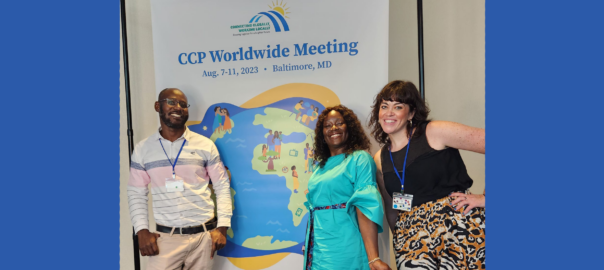
When program managers, policy makers, researchers, journalists, university faculty, students, and others use DHS Program data, evidence-based programs and policies can improve health and save lives worldwide. Since 2003, the Johns Hopkins Center for Communication Programs (CCP) has been the official communications partner on The DHS Program. CCP brings social and behavior change communication expertise and experience in creating timely, appropriate, and meaningful content for different audiences to The DHS Program. CCP also uses DHS Program data to design and monitor communication projects worldwide. Read how CCP-ers in the Philippines, Kenya, and Guatemala are using DHS Program data in their work to inspire and enable people to make healthy choices for themselves and their families.
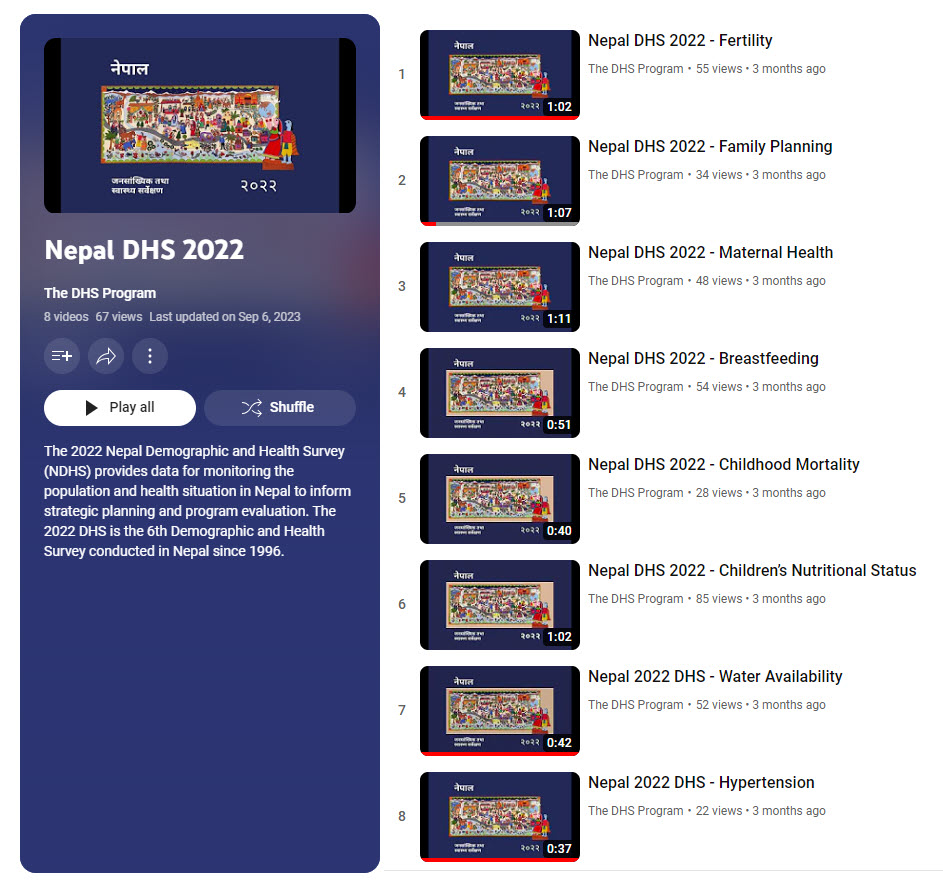
Country-specific strategies increase access and use of DHS Program data
DHS Program survey results are published in local languages, such as this series of video clips in Nepali highlighting key findings from the 2022 Nepal DHS.
Targeting family planning messages to young couples in the Philippines

Billie Puyat Murga, Senior Program Officer at the USAID ReachHealth Project Philippines, used DHS data to design a campaign to reach an underserved population with family planning (FP) messages. In 2020, ReachHealth gathered the Department of Health, Commission on Population and Development and others to talk about the future of FP communication. “It was CCP’s first time in the country in 30 years, so it was a chance to showcase the innovation and great thinking CCP can bring in.” Billie guided participants to explore the 2017 Philippine National DHS (NDHS) final report and use NDHS findings to identify audiences, find facilitating factors to behavior change, and design a social and behavior change communication campaign to reduce unmet need for family planning and decrease teen pregnancies. Indeed, these two indicators declined between 2017 and 2022.
The “delayers audience” of young sexually active women and couples who want to have a child someday but not yet emerged as a priority. “We want to increase awareness that you can use FP methods even if you are single or married and are not ready to have a child.” From the NDHS, Billie knew that many young women age 18-35 access the internet almost every day. “Young women are active on social media and seek information from those sources, so why not be there where they are?” Billie and her team designed the It’s OK to Delay campaign to reach the delayers audience. “We get a lot of questions on ‘Where can I go get FP?’ and NDHS data tell us these women go to the private sector. That’s why a lot of our messages focus on the experience in clinic and linking people to virtual consultations and online deliveries of prescriptions.”
In Billie’s experience, successful communication campaigns are relatable. Another campaign she worked on, Usap Tayo sa Family Planning (Let’s Talk about Family Planning), developed the Tita Talks with Tita FP video series featuring Tita FP, a cool aunt character who is also a nurse, who gives information on FP in a relatable and funny way. This has a lasting impact for audiences, according to a comment Billie read from a fan: “I watched it all and I even shared it with my girlfriend. I hope there’s more about Tita and her experiences when she was single because my girlfriend related to her.”
Spotlight on a communication campaign: It’s OK to Delay
The It’s OK to Delay campaign promotes family planning (FP) as a tool to help young people achieve their goals. The campaign shares information about FP methods, where and how to get them, dispels myths, and encourages discussion among young Filipinos and health care providers. The campaign reached more than 3.5 million people in its first 3 months.

Tailoring evidence-based social and behavior change activities to local health needs in Kenya

For Jeremia Ochieng, Social and Behavior Change (SBC) Technical Advisor at Breakthrough ACTION Kenya, DHS Program data are essential in his work to inspire behavior change. “We anchor our work on the existing evidence. Kenya DHS data are key to us because it includes some of the indicators that we look at and want to influence,” such as children under 5 who slept under an insecticide-treated net.
The 2022 Kenya DHS was launched in July 2023 and Jeremia and his team are already using the new data. “Community action planning is where we work with the communities to explore their health issues and come up with some of the interventions that they want to implement to address their health issues.” Jeremia helps local actors access data for their areas from various sources, including DHS Program data.
“Breakthrough ACTION Kenya supports the Ministry of Health to do data reviews at the county level, the subcounty level, even at the facility level. In every data review, the Breakthrough ACTION Kenya team prepares a simple presentation that shows how that county is performing compared to other counties and national data. We make it simple for them to understand how to interpret these data. Maybe that gives them the urge to see what they can do to improve their indicators.” Jeremia believes that malaria prevalence in Kenya will decrease when “we see the uptick of the behaviors we are advocating for.” And while SBC is just one piece of the larger pie, Jeremia concludes: “We can’t say whatever we do is what has made things change. But we can say that whatever we do has made things better than the way they were before.”
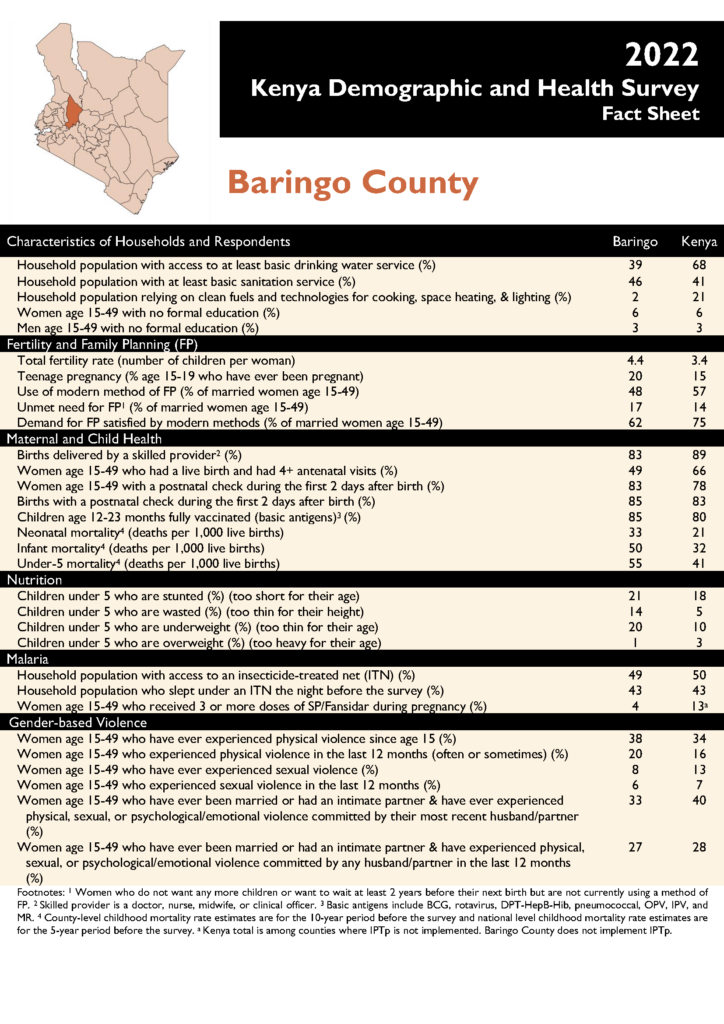
DHS Program data put local decision makers in the lead
For the 2022 Kenya DHS, fact sheets with county-level KDHS data were developed for each of Kenya’s 47 counties. Subnational materials help local decision makers and community members develop community action plans tailored to their needs.
Data dashboard allows subnational data users to easily access data insights in Guatemala
Maritza Méndez de Oliva, Chief of Party for Breakthrough ACTION Guatemala, presented the Determinantes Sociales de la Salud (Social Determinants of Health) nutrition data dashboard she and her team developed at CCP’s Worldwide Meeting. Compiling nutrition data from multiple sources, including handwashing indicators from the 2014-15 Guatemala DHS, the dashboard allows data users to quickly and easily see the conditions in their municipality that affect population health. “When data are at the municipality level, it’s very useful for [the stakeholders],” Maritza explained to others at CCP who want to create similar dashboards in different countries.
The Social Determinants of Health nutrition data dashboard has nearly 400 demographic, health, nutrition, and household indicators for 2 departments and 12 municipalities where Breakthrough ACTION Guatemala works. Creating digital tools to access data is not enough to ensure data use. Maritza and her team presented the dashboard to the multi-sectoral platform for food security and nutrition in Guatemala and held a workshop to show officers from each municipality how to use the dashboard to get information they need to design programs and make decisions for their municipalities.
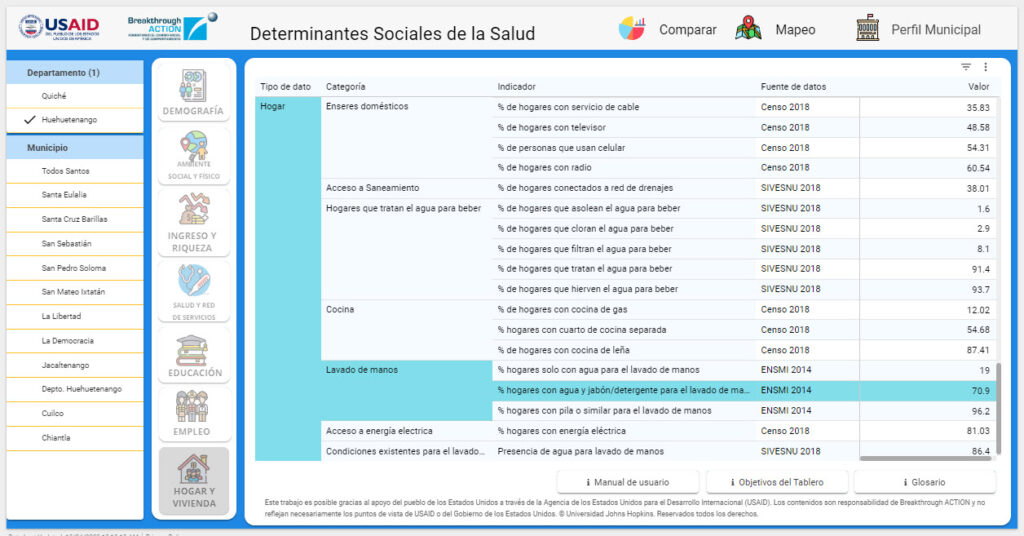
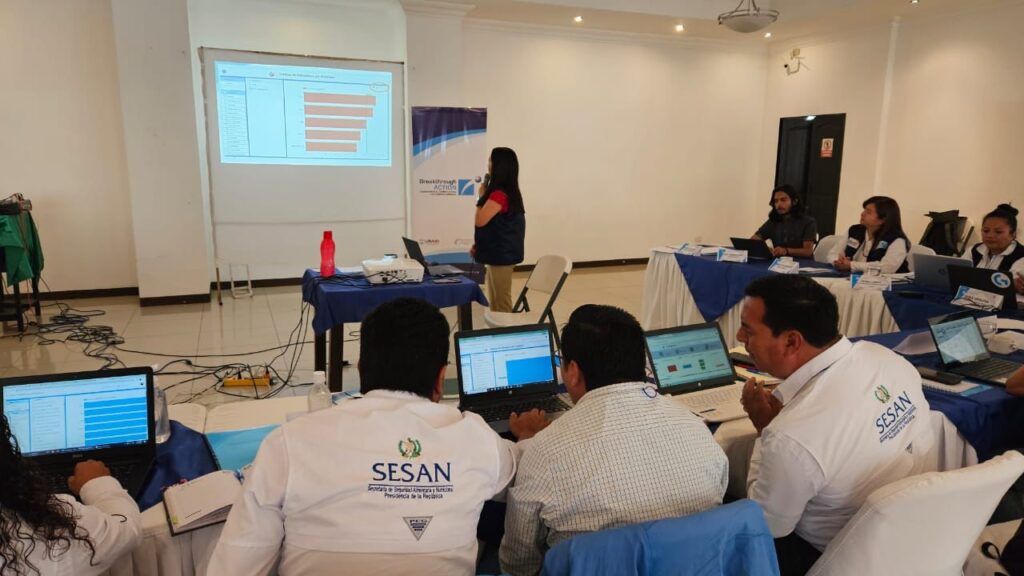
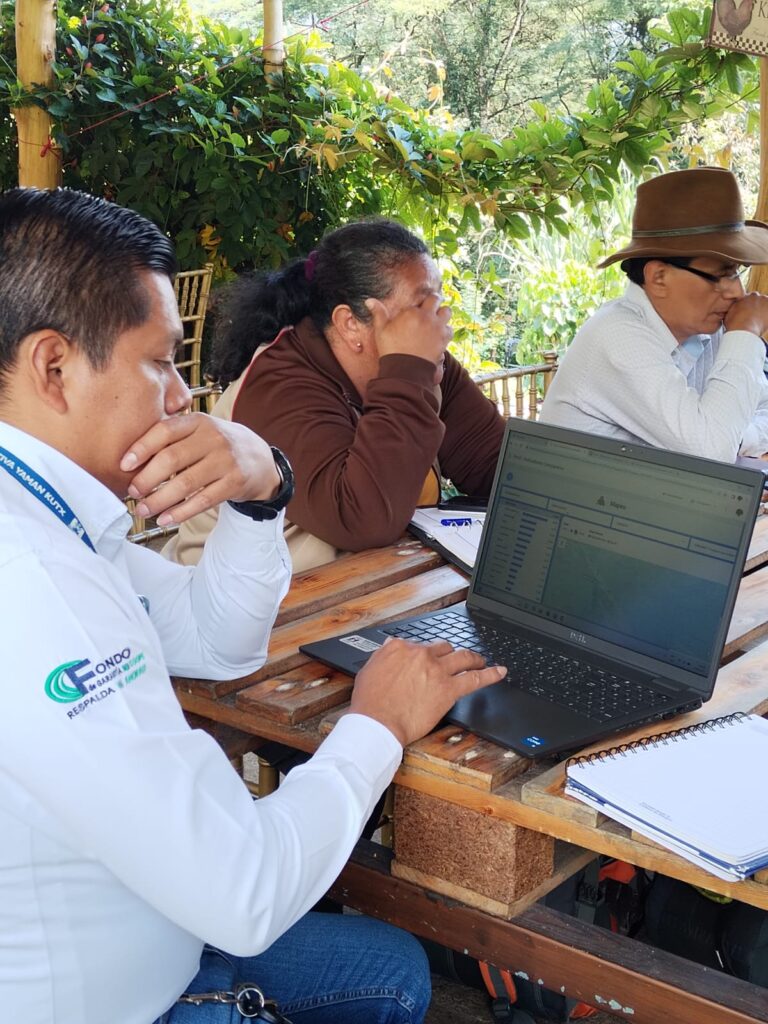
Pioneers in health communication, CCP’s applied research responds to real-world challenges. A recent paper from CCP researchers uses DHS data from six countries to explore gender norms, family planning use, and intimate partner violence, contributing to an ever-expanding knowledge base of what works to create environments for people to adopt healthy behaviors. Together, CCP and The DHS Program innovate, collaborate, and communicate data to local audiences worldwide to improve individual, family, and community health and save lives.
Feature image caption: Jeremia Ochieng, Grace Miheso, Country Director of Breakthrough ACTION Kenya, and Annette McFarland of The DHS Program at CCP’s Worldwide Meeting in Baltimore, Maryland in August 2023.


